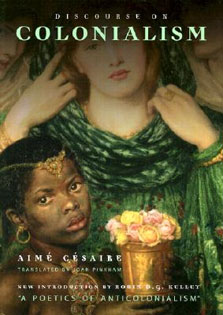About The Book
This innovative casebook, written by an outstanding team of Civil Procedure scholars and teachers, is more informative, transparent, and accessible...
Read more
than a typical casebook. For example, Civil Procedure provides an introduction to each case to help students understand the context for the opinion and to flag important issues to look for while reading the case. After each case, the book provides textual materials and questions, but, unconventionally, the book answers almost all of the questions that are posed. The book has short chapters of manageable scope and uses a different font and a shaded border for the text of opinions. The book also includes multiple choice questions to test students understanding of new concepts followed by an analysis. Each chapter ends with a summary of key concepts. The book also has a companion website and a Rules Supplement. This casebook aims to be approachable and accessible for students and professors alike. Characteristics that take it out of the realm of typical casebooks include: Different treatment of cases Cases are selected to clarify and convey basic concepts Brief, accessible introductions precede the cases and help students understand the opinions and guide them to the important issues Author-written textual materials and questions with answersfollow the cases, facilitating students understanding of the issues and allowing professors to focus class time on sophisticated material Different pedagogy Shorter chapters make the material more manageable Materials are organized with students and ease of study in mind: each chapter begins with a mini-table of contents and ends with a summary of the fundamental points covered in that chapter Questions are presented in various formats, including multiple choice questions and issue analyses Students are carefully walked through the thought processes involved in answering the questions Different design A different look signals and supports the innovations Interior design differentiates the various elements of the book, such as author-written text, case and statutory material, and pedagogy Use of visuals such as charts and photos
Hide more




